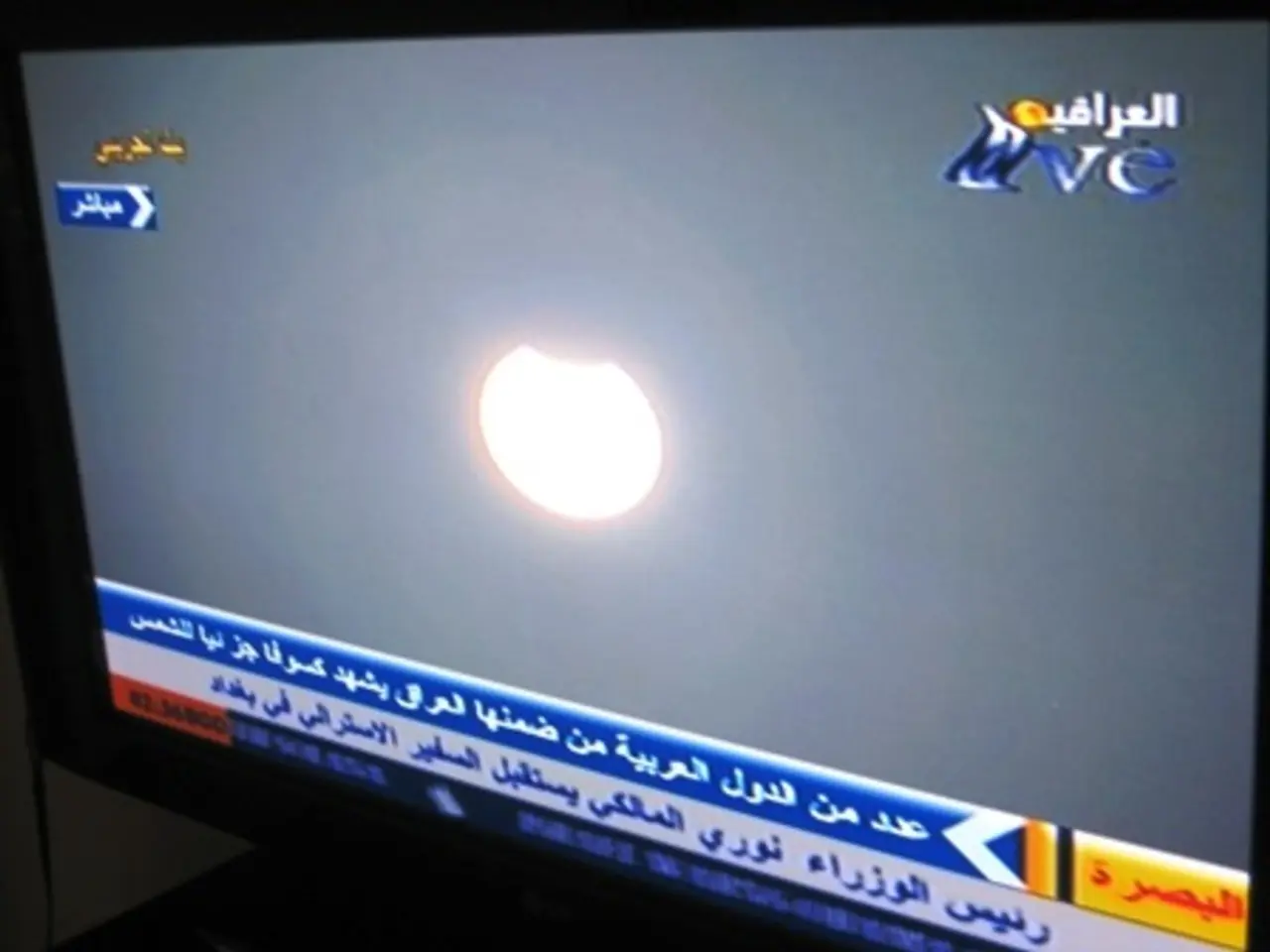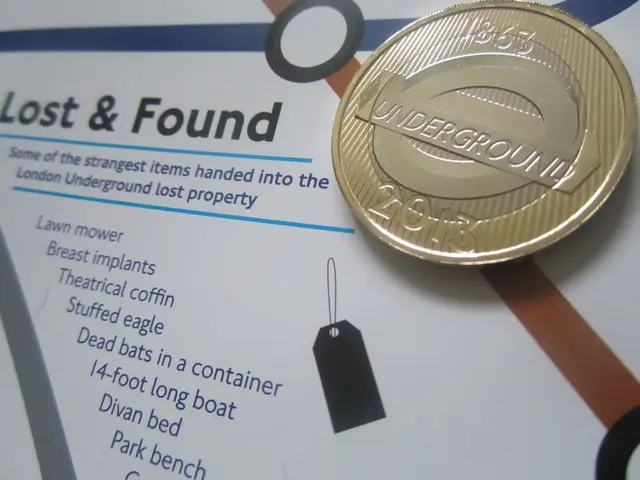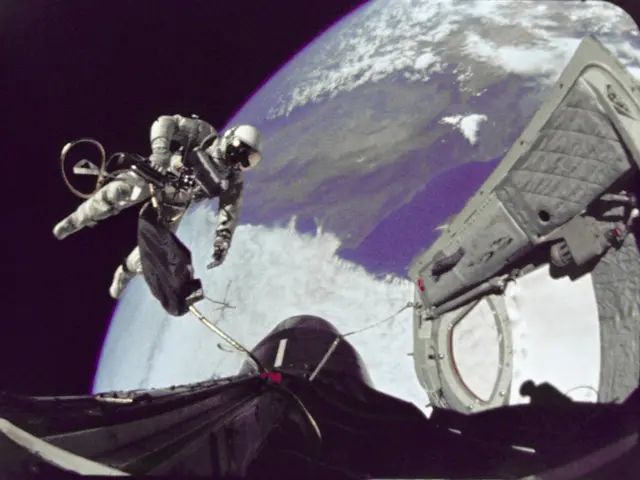European Satellite Consolidation Falls Short in Competing with Musk's Starlink, Valued at $3.1 Billion
In a bid to challenge Elon Musk’s Starlink in the satellite internet market, the SES-Intelsat merger aims to create a formidable European competitor. However, the path to success is fraught with complexities and risks.
The merger presents significant operational challenges. Integrating different operational systems, customer databases, and technical platforms from SES and Intelsat creates risks of service disruption just as competitors like Starlink could gain an advantage. The companies have differing corporate cultures that need careful management to prevent loss of key talent and preserve institutional knowledge. Navigating an intricate regulatory landscape spanning multiple countries adds to the integration complexity.
From a market perspective, SES-Intelsat must find a pricing strategy that remains competitive with Low Earth Orbit (LEO) operators like Starlink, while also leveraging its increased scale to justify premium services in some segments. This balance is delicate since prolonged integration or uncertainty might push customers towards Starlink, especially in sectors demanding uninterrupted service such as maritime and aviation.
Financially, the merger requires continued investment in technology upgrades, network optimization, and research and development to keep pace with Starlink’s technological innovations. SES has secured substantial financing to complete the $3.1 billion acquisition, but the success of the combined entity depends on convincing clients of the value in the redundancy and resilience offered by their combined network versus Starlink’s innovative, competitively priced LEO constellation.
Starlink currently boasts over 7,000 satellites in low-Earth orbit, far more than any competitor. SES-Intelsat, when combined, would be Europe’s second-largest satellite internet provider, after Eutelsat, which has around 600 satellites. Amazon's Project Kuiper plans to deploy a constellation of 3,236 satellites.
European policymakers are pushing for strategic autonomy in space, and the SES-Intelsat merger is a step in that direction. European leaders are increasingly concerned about relying on Starlink due to potential security implications. The merged company would have a fleet of over 100 geostationary and 26 medium Earth orbit satellites, with Intelsat contributing 75 of these satellites.
The takeover is expected to receive approval from EU officials by June 10. The topic of European tech sovereignty will be discussed at a conference taking place on June 19-20 in Amsterdam. For those interested in attending, tickets are currently on sale, and a discount code (our websiteXMEDIA2025) can be used to get 30% off.
In summary, the SES-Intelsat merger faces major challenges, including the complexity and risks of integrating two large satellite companies, managing differing corporate cultures, regulatory compliance, establishing a competitive yet profitable pricing model, and retaining customers amid fierce competition from Starlink’s technologically advanced and cost-competitive offerings. The success of the combined entity will largely depend on its ability to address these challenges effectively.
The integration of SES and Intelsat's operational systems, customer databases, and technical platforms is a potential risk that could disrupt services, particularly when competitors like Starlink accelerate their advancements. Financial investment in technology upgrades, network optimization, and research and development is crucial to keeping pace with Starlink's technological innovations.




